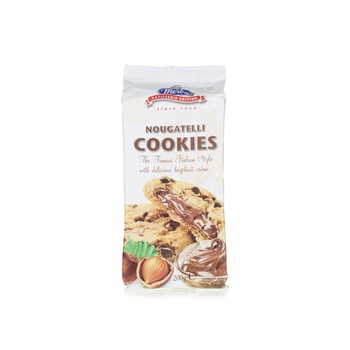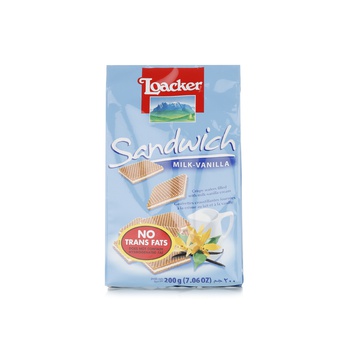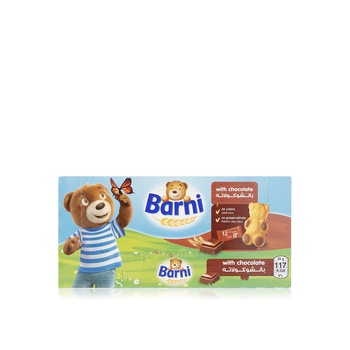It’s estimated that around two billion people start their day with a cup of tea. This almost universal love for the hot beverage means that its sidekick – the biscuit – also comes along for the ride and, as a result, is one of the most popular snacks in the world.
Just as different cultures prefer different types of tea, from Earl Grey to a chai latte, so it follows that many countries have their preferred varieties of biscuit.
Sipping an estimated 165 million cups per day, Britain is a major consumer of tea and love to couple their cuppa with a biscuit. When it comes to the biscuit tin, Brits tend to keep it classic and shy away from anything too elaborate. With its oaty, buttery taste, the knobbly HobNob always brings a smile to a Brit’s face, as do the understated Rich Tea, the old favourite Digestive and the spicy Ginger Nut. Leaning a little more to the adventurous side for Britons is the chocolate sandwich biscuit, the Bourbon Cream, and the Garibaldi biscuit, a raisin-studded plank of baked dough named after Italian military hero Giuseppe Garibaldi who helped to unify Italy in the 1800s. We wonder what Giuseppe would make of his tribute being nicknamed ‘the squashed fly biscuit.’
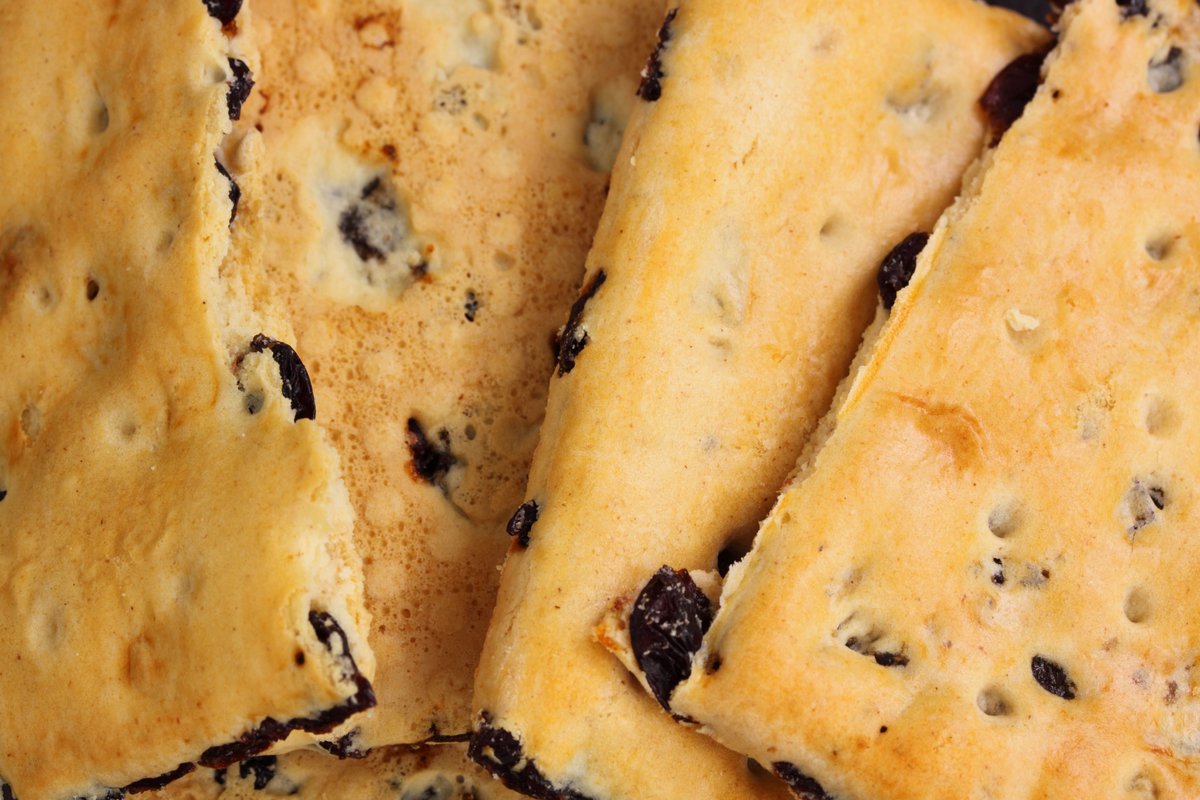
Just north of the border, the Scots are fiercely – and rightly – proud of their shortbread. Buttery, sugary and crumbly, you can’t pass any souvenir store in the country without seeing a decorative tin of these wonderful biscuits. The Walkers brand, which began in 1898, are the undisputed kings of this fine Scottish delicacy. Fellow Scot producers, Nairn’s make a wide range of sweet Scottish oatcakes that are embedded with berries or flavoured with chocolate or coconut.
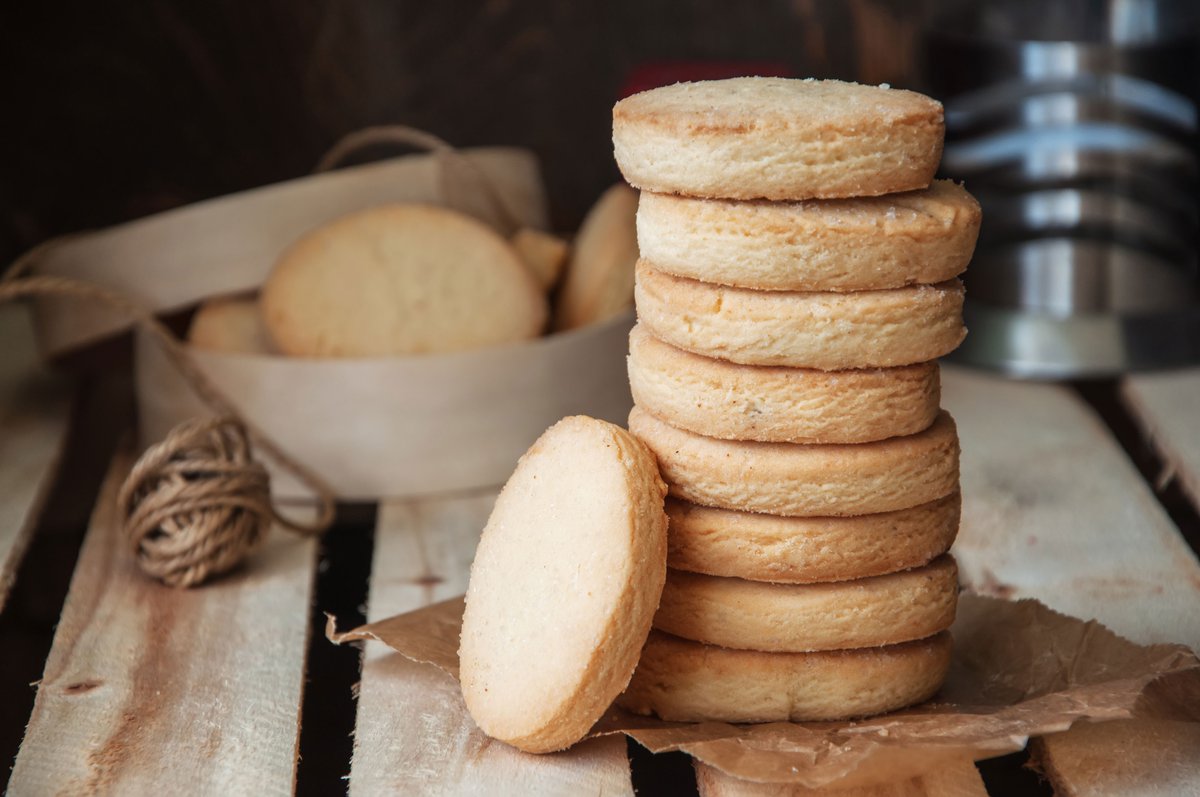
Moving onto the Continent, the French and the neighbouring Belgians are masters of the biscuit. A nation with a sweet tooth, especially when it comes to chocolate, Belgium is the home of the caramelised rectangular Lotus Biscoff biscuit. Found on the saucer of millions of cups of tea, the biscuit is simple but delicious and came out of a family-owned bakery in Lembeke in 1932.
France’s reputation as supreme butter makers means their biscuits are packed with the stuff. St. Michel have been satisfying taste buds since 1905, relying on traditional baking techniques and no colourings when making their biscuits in France. Their round Grandes Galettes come in flavours such as sea salt, caramel, and chocolate and are a luxurious teatime treat.
The crepe biscuit from French bakers Gavottes was the result of an accident in 1920 when a baker named Marie Catherine Cornic accidentally left a soft crepe on the stove, turning it crispy. Their cocoa hazelnut crepe biscuits are definitely one to try.

With its HQ in Hanover, German bakery Bahlsen are renowned for their Leibniz biscuits that come in distinctive yellow packaging. Created way back in 1891, the rectangular biscuits have trademark grooves, that led to one German newspaper naming it as a ‘monument of German design.’ The biscuit was named after the philosopher Gottfried Wilhelm Leibniz who lived in Hanover.
At the other end of Europe is the Napolitaner wafer from Naples, Italy – a light and crispy triple-layered sandwich filled with Italian hazelnut cream from expert manufacturers Loacker. The cantuccini biscuit, meanwhile, is another Italian icon, with its distinctive almond slices visible in every piece.
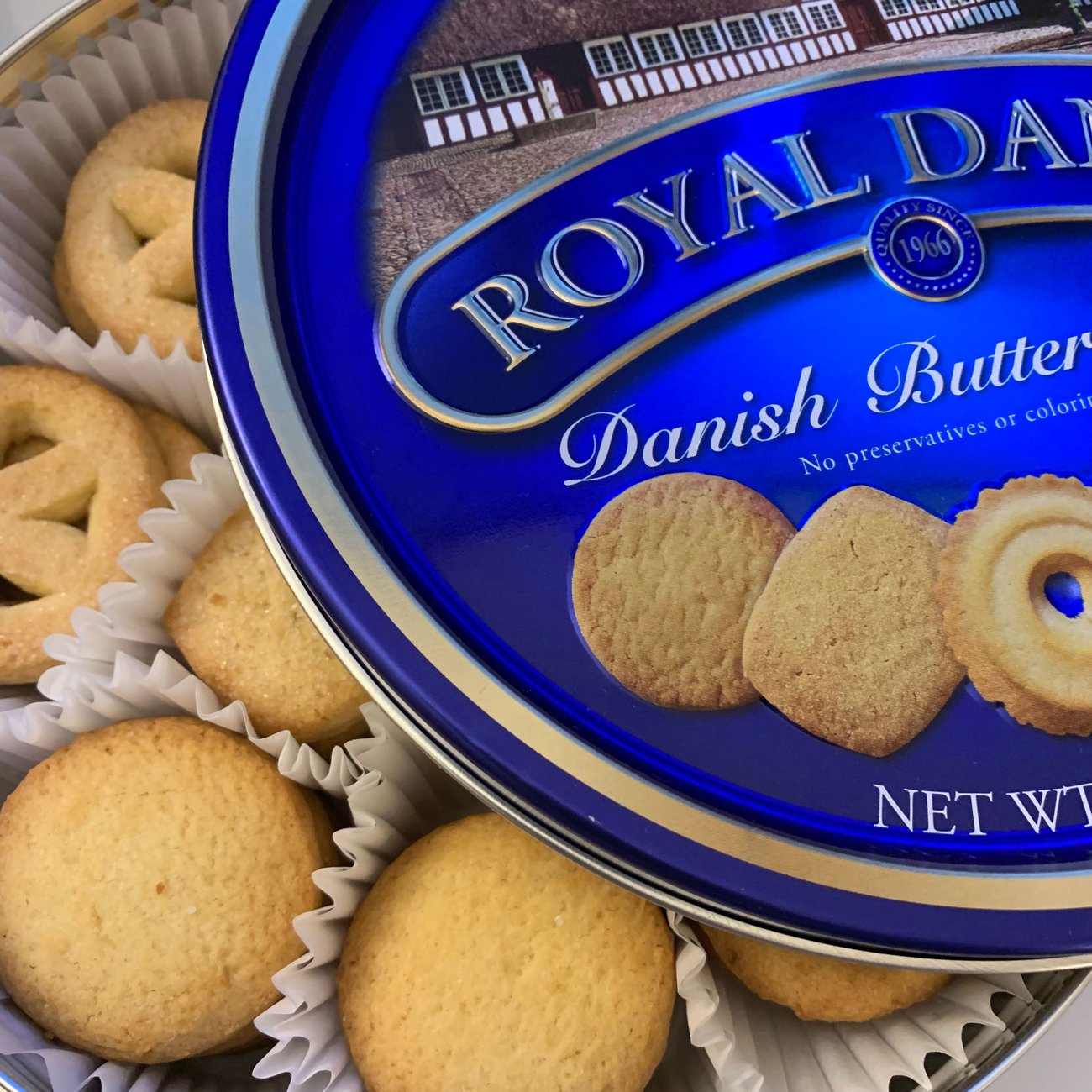
Royal Dansk's butter biscuits in a tin

America's iconic Oreo cookie
Denmark’s famous blue tin of butter biscuits has a regal connection. The sight of Royal Dansk’s mini butter cookies is a familiar one, especially during the festive season. Turkey, a huge nation in terms of tea consumption, loves the petit beurre biscuit from Ulker.
Further afield and we arrive at the American giant that’s the Oreo. Born in Manhattan in 1912, the chocolate sandwich has grown into a global food icon and it’s estimated that 34 billion of the cookies are sold every year. Also from the National Biscuit Company, now known as Nabisco, is another cookie: the flamboyantly – named Chips Ahoy!. Second in the sales league table to the Oreo, the chunky chocolate chip cookie began life in 1963 and was marketed as the first factory cookie to taste as good as a homemade version.
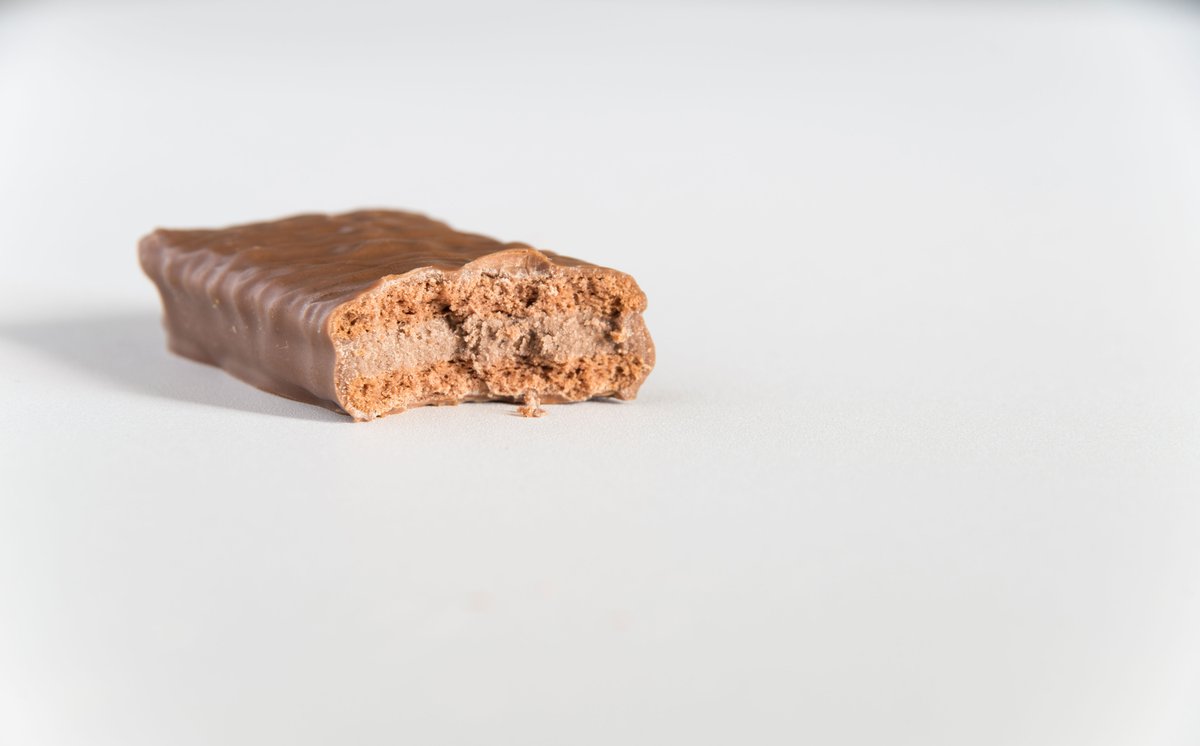
Last stop on our biscuit tour is the beloved Tim Tam. Hailing from Australia, the chocolate sandwich was named after the winning horse of the 1958 Kentucky Derby. Made by Arnott’s, the biscuit was invented by its director of food technology, Ian Norris who wanted to recreate – and improve upon – Britain’s Penguin biscuit. Dip a Tim Tam into a cup of tea for just a second and you’ll be in biscuit paradise.









